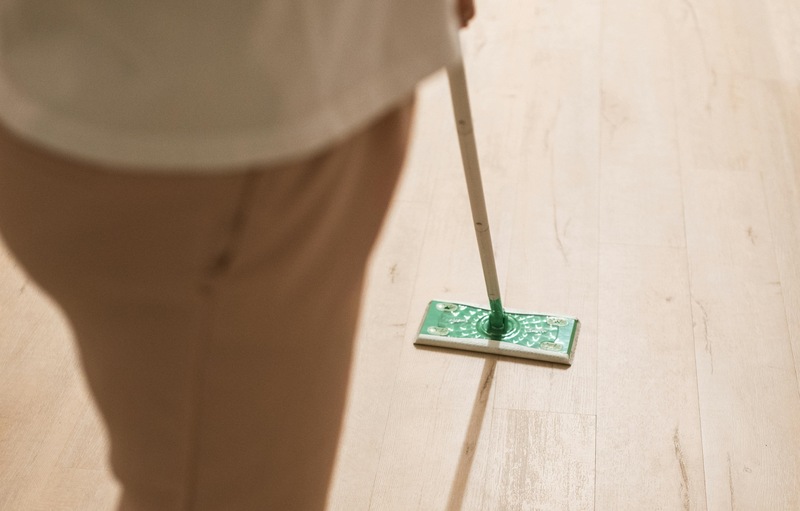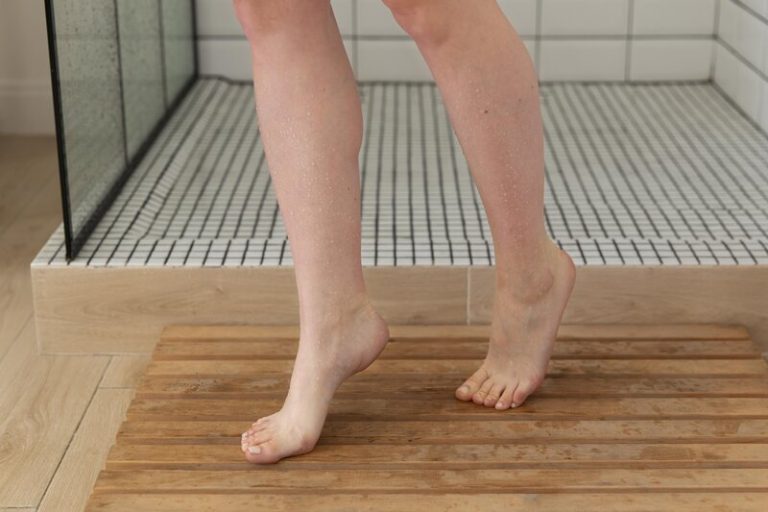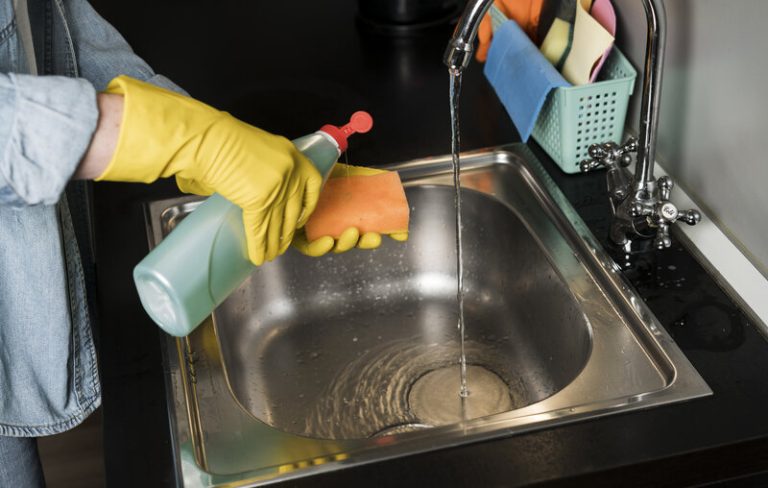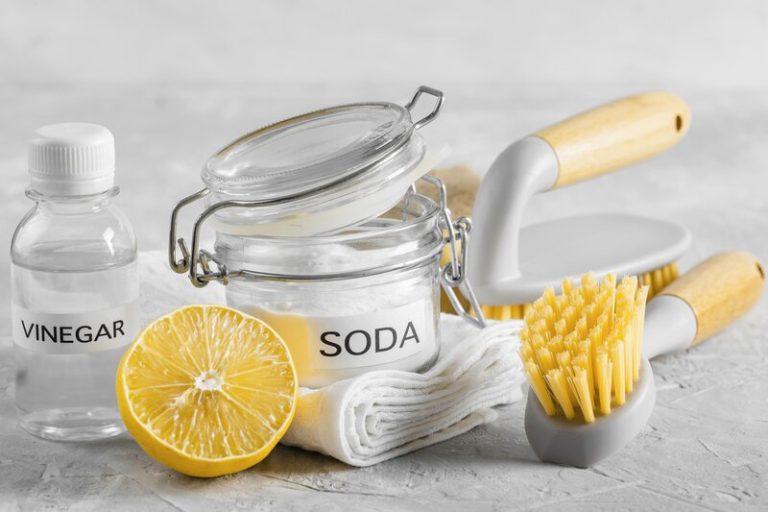Wondering how to mop a bathroom floor effectively? It’s an essential task to maintain hygiene and keep your bathroom looking fresh. A clean floor not only enhances the overall appearance of your space but also prevents the buildup of harmful bacteria, mould, and grime.
In this guide, we’ll walk you through the steps needed to achieve a spotless finish, from choosing the right cleaning products to using the correct mopping technique. We’ll also share tips on the best mop heads for your bathroom floor and how often you should clean to keep your space germ-free.
With the right approach, your bathroom floor will remain sparkling clean and inviting every time you step inside.
Key Takeaways:
- Mopping a bathroom floor is important to maintain cleanliness, and hygiene, and prevent the spread of germs and bacteria.
- Supplies needed include a mop, bucket, effective cleaning solution, microfibre cloth, and other cleaning tools like a cleaning brush.
- To effectively mop a bathroom floor, prepare the floor, mix the cleaning solution, mop, rinse and wring out the mop, clean corners and edges, and dry the floor.
Why is Mopping a Bathroom Floor Important?
Mopping a bathroom floor is a crucial aspect of bathroom cleaning, which not only enhances the overall appearance of your home but also promotes hygiene by eliminating dirt, bacteria, and other harmful pathogens.
A clean bathroom not only makes it more inviting but also minimises the risk of slips and falls due to water accumulation. Regular mopping as part of a weekly cleaning routine can prevent the build-up of stubborn stains and maintain the integrity of surfaces such as ceramic tiles and natural stone. For deeper cleaning and stain removal, consider using a disinfecting spray.
Additionally, understanding the importance of cleanliness in high-moisture areas contributes to effective home maintenance, ensuring a safe and healthy living environment.
What Supplies Do You Need to Mop a Bathroom Floor?
To effectively mop a bathroom floor, it is essential to gather the right supplies that will facilitate the cleaning process while ensuring the best results on hard surfaces such as ceramic tiles and natural stone. The primary tools you will need include:
a. Mop
To effectively clean your bathroom, selecting the right mop is crucial. For the best results when learning how to mop a bathroom floor, consider a sponge mop for quick absorption, a string mop for tough grime, or a microfibre mop for delicate surfaces.
Each mop type is designed to tackle specific needs, ensuring your bathroom floor is spotless. Pair it with a suitable cleaner for a thorough clean that leaves your bathroom fresh and hygienic.
b. Bucket
A sturdy bucket is essential when you’re figuring out how to mop a bathroom floor efficiently. It allows you to mix cleaning solutions like vinegar or hydrogen peroxide while carrying the solution around the bathroom.
Opt for a durable bucket with a good capacity, as it ensures easier transport and prevents spills. The right bucket makes the mopping process more effective, leaving your bathroom gleaming after each use.
c. Cleaning Solution
Choosing the right cleaning solution is key to how to mop bathroom floor surfaces effectively. For ceramic tiles, a vinegar and water mixture works wonders, while natural stone requires a pH-balanced cleaner to avoid damage.
Use eco-friendly options like vinegar or bicarbonate of soda for everyday cleaning, or commercial cleaners for more targeted results. A suitable cleaning solution ensures your bathroom floor remains spotless and safe from wear and tear.
d. Microfibre Cloth
A microfibre cloth is invaluable when learning how to mop a bathroom floor, especially for tackling hard-to-reach areas. Its fibres trap dirt and bacteria, ensuring a thorough clean. Use it on countertops, sinks, and corners, or for detailed touch-ups after mopping.
Microfibre cloths absorb water quickly and reduce streaking, leaving surfaces fresh and dry faster. Incorporating this cloth into your cleaning routine enhances the efficiency of your bathroom floor mopping efforts.
Step-by-Step Guide on How To Mop A Bathroom Floor
Mopping a bathroom floor requires a systematic approach to ensure that you achieve a clean and hygienic result, making the cleaning process efficient and effective. This guide will encompass essential steps, including:
a. Prepare the Floor
Before mopping a bathroom floor, clear the space of any obstacles like bath mats and furniture. This makes it easier to clean and ensures there’s no risk of slipping or missing spots.
When learning how to mop a bathroom floor, safety is key—wear rubber gloves and ventilate the room well. Open windows or use fans to help eliminate fumes and moisture. A prepared space means more effective and efficient cleaning, leading to a hygienic bathroom environment.
b. Mix the Cleaning Solution
To effectively mop bathroom floors, start by mixing the right cleaning solution. A vinegar-water solution is great for general grime, while hydrogen peroxide is ideal for disinfecting.
When learning how to mop a bathroom floor, use the correct ratio of cleaning agents to achieve the best results. Commercial cleaners can also be used for specialized surfaces. Choose the right solution based on the material of your floor to ensure it’s both clean and safe from damage.
c. Start Mopping
When learning how to mop bathroom floor surfaces, start by applying your cleaning solution and using a mop to remove dirt. Sweep or vacuum first to eliminate loose debris. Use a figure-eight motion with your mop for maximum coverage. Regularly wring out the mop to avoid excess moisture, which could damage the floor.
For best results, use a microfibre mop on tiles and a sponge mop for textured surfaces. This method ensures thorough cleaning and a streak-free finish.
d. Rinse and Wring Out the Mop
Once you’ve mopped the floor, rinse and wring out the mop to prevent soap residue and excess water from damaging the floor. When learning how to mop a bathroom floor, proper rinsing ensures your mop stays clean, reducing the spread of grime.
Always check the floor—after mopping, it should feel slightly damp, not wet. To maintain the mop, clean it thoroughly after each use and let it dry to avoid mould and odour buildup, ensuring it’s ready for the next clean.
e. Clean the Corners and Edges
To complete the mopping process when learning how to mop bathroom floor areas, clean the corners and edges using a brush or microfibre cloth. These areas often collect dirt and stains that the mop might miss.
Slightly dampen the cloth to trap dirt, then scrub with a gentle cleaning solution. Wipe away any excess to leave the floor spotless. This step ensures your bathroom is not just clean but hygienically fresh, eliminating hidden grime and bacteria.
f. Dry the Floor
Drying the bathroom floor properly after mopping is essential for safety and cleanliness. When learning how to mop bathroom floor surfaces, ensure no moisture is left behind, which could cause slips. Use a dry mop or towels to absorb excess water.
You can also allow the floor to air dry with proper ventilation to prevent mould growth. Open windows or use fans to speed up the drying process. Proper drying ensures a clean, safe, and hygienic bathroom.
Tips for Efficient and Effective Mopping
When learning how to mop a bathroom floor, it’s important to follow specific tips for a more efficient clean, such as:
- Clear the Area: Remove any items, such as bath mats or furniture, to avoid obstacles.
- Use the Right Mop: Choose a mop suited for your bathroom floor type, whether it’s a microfibre or string mop.
- Apply the Cleaning Solution: Use a suitable floor cleaner for your floor material to ensure effective cleaning.
- Mop in a Figure-Eight Motion: This technique helps cover more surface area while preventing streaks.
- Wring the Mop Regularly: Avoid excess moisture that could damage the floor and ensure efficient cleaning.
How Often Should You Mop a Bathroom Floor?
Knowing how often to mop bathroom floors is key to maintaining cleanliness. Generally, mopping once a week is sufficient for most bathrooms, but high-traffic areas may require more frequent cleaning.
By setting a regular cleaning schedule, you’ll prevent grime buildup and ensure your bathroom stays fresh. Establishing this routine is part of learning how to mop a bathroom floor properly, keeping it both clean and hygienic over time.
Now that you know how to mop a bathroom floor effectively, it’s clear that regular maintenance is key to keeping your bathroom both clean and safe. However, if you’re looking for a deep clean or want to save time, it may be best to leave the task to the professionals.
Instead of tackling it yourself, let TEKA Cleaning handle your bathroom and home cleaning needs. Their residential cleaning services, available at 01223 751 544, offer expert deep cleaning that guarantees a spotless, hygienic finish every time.
Don’t let your bathroom’s cleanliness fall behind, trust TEKA Cleaning to keep your space fresh and inviting with minimal effort on your part.
Read also:











